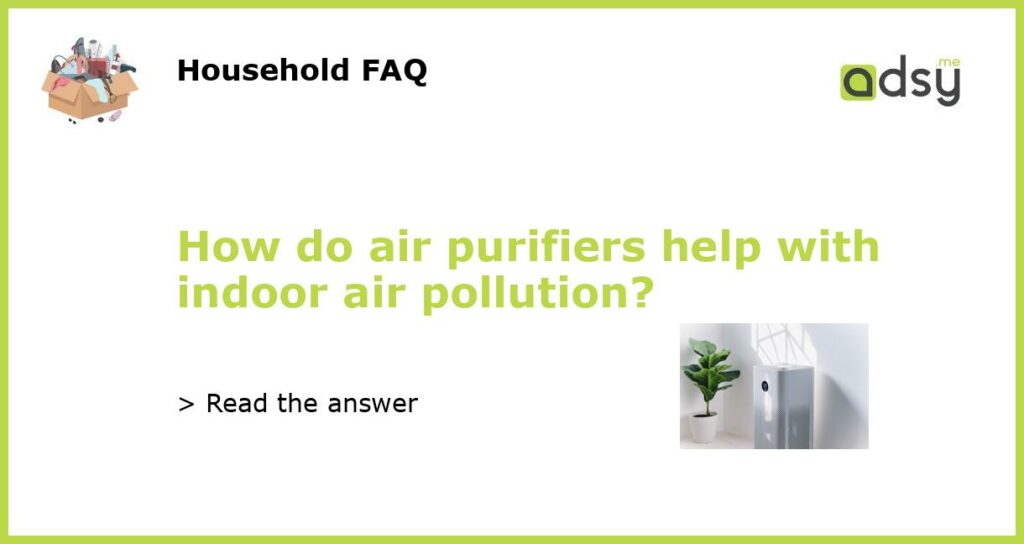What Is Indoor Air Pollution?
Indoor air pollution is a term used to describe the presence of harmful substances in the air inside buildings. These substances may include gases, particulates, and biological molecules. Common sources of indoor air pollution include household cleaning products, tobacco smoke, outdoor pollution that enters the building, and allergens such as dust and pet dander.
How Do Air Purifiers Work?
Air purifiers are devices that are designed to remove or reduce the concentration of pollutants in the air. They work by using filters or other methods to capture or neutralize harmful substances. The most common types of filters used in air purifiers are mechanical filters, which physically trap particles, and activated carbon filters, which chemically remove certain gases.
What Are the Benefits of Air Purifiers?
Air purifiers can provide several benefits, including improving indoor air quality, reducing symptoms of allergies or asthma, and removing unpleasant odors. By removing or reducing the concentration of harmful pollutants in the air, air purifiers can help to create a healthier and more comfortable environment in homes and other buildings.
Do Air Purifiers Really Work?
The efficacy of air purifiers can vary depending on several factors, such as the type of pollutants present, the size of the room, and the quality of the air purifier itself. When using an air purifier, it is important to choose a model with a high-efficiency filter, ensure that the device is appropriately sized for the room, and regularly replace the filters as recommended by the manufacturer.
Air purifiers can be a beneficial tool for improving indoor air quality and reducing the risks associated with exposure to harmful pollutants. While they may not be a cure-all solution for indoor air pollution, using an air purifier can be an effective way to improve air quality and promote a healthier living environment.






